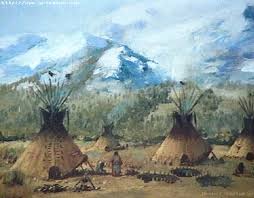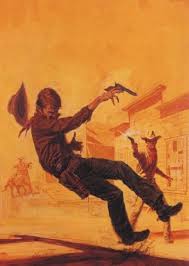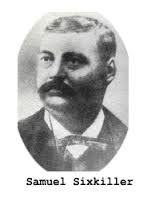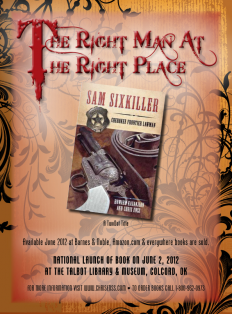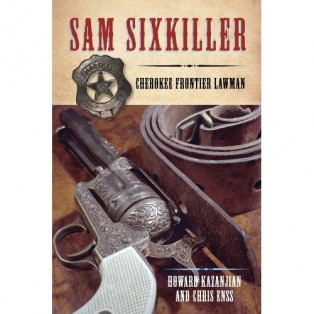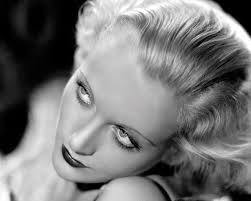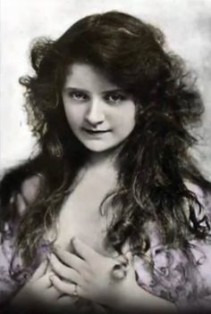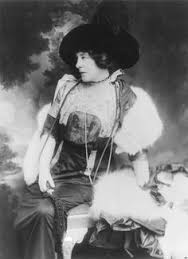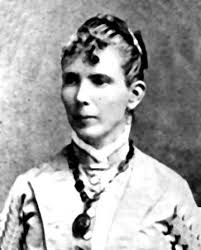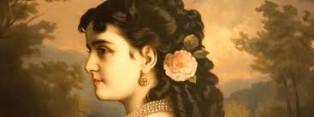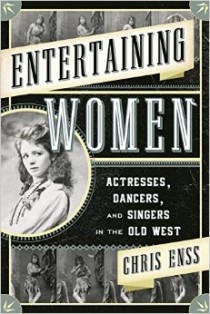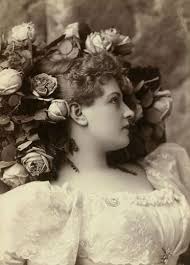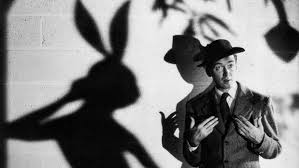
I took part in the Tucson Book Festival this past weekend and in many respects it was a sweet experience. I spent time with old friends and talked about writing, old western movies, and Seinfeld episodes. I met readers who were great fans of the western genre and were happy to share their thoughts about their favorite western authors from Dorothy Johnson to Johnny Boggs. I also met a few celebrated authors behaving badly. I was initially excited to make their acquaintance and found myself wanting to be within earshot of their tales about the books they’ve written and the literary giants they frequently come in contact. As the evening progressed and one insulting remark after another was made about the struggling western authors they’ve had the displeasure to be around or read I found myself less enamored of the big shots and more and more ashamed that I held them in high regard at all.
Why is it that I’m so quick with adulation for the banal, yet so begrudging with respect for the truly consequential? I should have been satisfied to spend an evening with those writers who had a true love of the Old West rather than a couple who had a true love for themselves and westerns were merely a footnote. Very poorly done, Chris, very poorly done.
You know, all I can figure that so many of us feel so anonymous, so powerless, and so insignificant that we howl and yelp at the mere hint of notoriety, like dogs watching the moon rise in the night sky. Hey, forget the guy who is setting at a booth all day peddling his western books to passersby and his wife who is working the register, when is that guy that’s been in numerous documentaries and has been working on the same western novel for six years going to get here?”
Will the doctor with the cure for cancer please sit the down, here comes the multi-award winning author who has penned yet another book about Wyatt Earp.
Look…in the penumbra between absolute obscurity and worldwide renown there exists a shadow region filled with a seething horde of pan flashers, dime store magicians and Holiday Inn cover bands hoping for a big slice of adulation quiche. And while most of us are content to rubberneck the carnage on the side of the road, too many people are desperately striving to actually be the car wreck, and I’m not sure we should feel compelled to recognize them. I know I’m going to work on that.
There’s a great line from the movie Harvey that played over and over again in my head this weekend. Elwood P. Dowd, Jimmy Stewart’s character in the film, explains his philosophy of life in the following way: “In this world, you must be oh so smart or oh so pleasant. Well, for years I was smart. I recommend pleasant.” Not only am I going to surround myself with writers who behave in such a manner I’m going to demand that behavior in myself.

